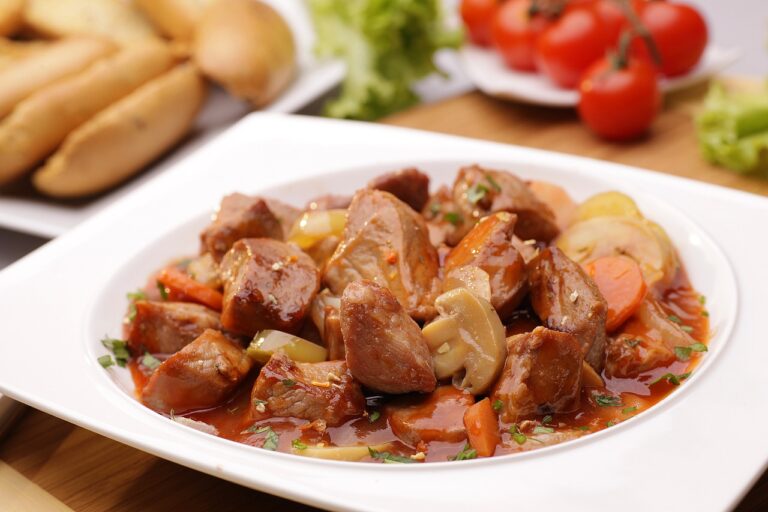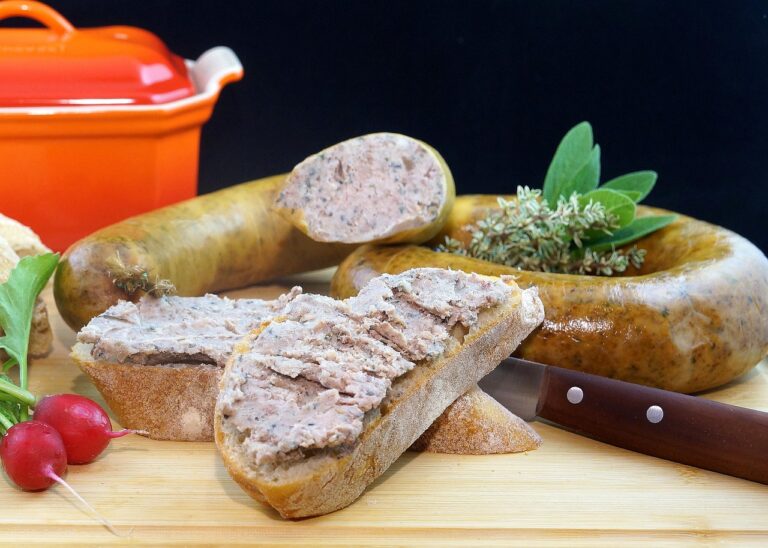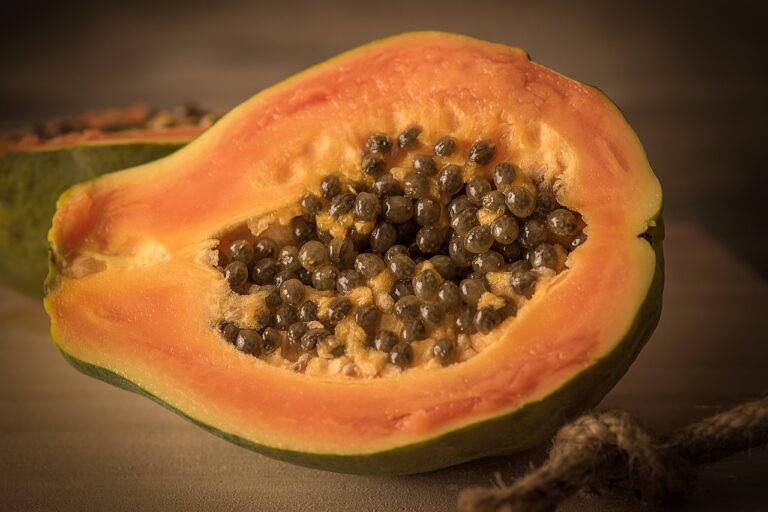Exploring Food Distribution Models for Urban Food Banks
11xplay reddy login registration, gold365 login, Skyfairs New ID: Food distribution models for urban food banks play a crucial role in ensuring that individuals and families in need have access to nutritious food. With the rise of food insecurity in urban areas, it is essential to explore and implement efficient and sustainable distribution models that can effectively reach those who are most vulnerable. In this article, we will delve into various food distribution models for urban food banks, discussing their advantages, challenges, and best practices.
1. Traditional Food Pantry Model:
The traditional food pantry model is one of the most common distribution models used by urban food banks. In this model, individuals and families in need can visit a physical location to receive food assistance. Typically, clients are given a pre-packaged box of food items based on their household size and dietary preferences. While the traditional food pantry model has been effective in providing immediate relief to those facing food insecurity, it also has its limitations.
2. Challenges with the Traditional Food Pantry Model:
One of the main challenges with the traditional food pantry model is that it can be stigmatizing for individuals seeking assistance. Clients may feel embarrassed or ashamed to visit a food pantry, which can deter them from accessing the help they need. Additionally, food pantries may have limited hours of operation, making it difficult for working individuals to access food assistance.
3. Mobile Food Pantry Model:
To address some of the limitations of the traditional food pantry model, many urban food banks have implemented mobile food pantry programs. In this model, food banks use trucks or vans to deliver food directly to underserved communities. Mobile food pantries are a great way to reach individuals who may not have access to transportation or who live in food deserts.
4. Benefits of the Mobile Food Pantry Model:
One of the main benefits of the mobile food pantry model is that it can help reduce the stigma associated with seeking food assistance. By bringing food directly to communities, individuals can access food in a discreet and convenient manner. Mobile food pantries also allow food banks to reach a larger geographic area and serve more people in need.
5. Community Kitchen Model:
Another innovative food distribution model for urban food banks is the community kitchen model. In this model, food banks partner with local restaurants, caterers, or community organizations to provide freshly prepared meals to individuals facing food insecurity. Community kitchens not only provide nutritious meals but also offer opportunities for skill-building and community engagement.
6. Challenges of the Community Kitchen Model:
While the community kitchen model can be an effective way to provide fresh, healthy meals to those in need, it requires significant resources and coordination. Food banks must have access to commercial kitchen facilities, trained staff, and volunteers to operate a community kitchen successfully. Additionally, sourcing fresh ingredients and managing food waste can be logistical challenges for this model.
7. Online Food Pantry Model:
In recent years, some urban food banks have started to explore online food pantry models to increase accessibility and convenience for clients. In this model, individuals can order food items online and have them delivered to their doorstep. Online food pantries can be particularly beneficial for individuals with mobility issues or those who may not be able to visit a physical food pantry.
8. Advantages of the Online Food Pantry Model:
The online food pantry model offers convenience and flexibility for clients, allowing them to order food on their schedule without having to travel to a physical location. This model also helps reduce food waste by allowing food banks to track demand more accurately and only stock items that are needed. Additionally, online food pantries can reach a wider audience, including individuals in remote or underserved areas.
9. Hybrid Food Distribution Model:
Some urban food banks have adopted a hybrid food distribution model that combines elements of traditional food pantries, mobile food pantries, community kitchens, and online food pantries. By leveraging multiple distribution channels, food banks can reach a diverse range of clients and provide a more comprehensive approach to addressing food insecurity in urban areas.
10. Best Practices for Food Distribution Models:
No matter which distribution model a food bank chooses to implement, there are several best practices that can help optimize their operations. These include:
– Conducting regular needs assessments to understand the unique challenges and barriers faced by the community.
– Establishing partnerships with local farmers, retailers, and food producers to increase the variety and quality of food available.
– Implementing culturally appropriate food programs that reflect the dietary preferences and traditions of the community.
– Providing nutrition education and cooking classes to promote healthy eating habits among clients.
– Engaging volunteers and community members in all aspects of food distribution to foster a sense of ownership and collaboration.
11. Evaluating the Impact of Food Distribution Models:
It is essential for urban food banks to regularly evaluate the impact of their food distribution models to ensure that they are meeting the needs of the community effectively. By tracking metrics such as the number of clients served, types of food distributed, and client satisfaction levels, food banks can identify areas for improvement and make data-driven decisions to optimize their operations.
12. FAQs:
Q: How can I volunteer at a local food bank?
A: Many food banks rely on volunteers to help with sorting and packing food, distributing meals, and organizing fundraising events. You can contact your local food bank directly to inquire about volunteer opportunities and sign up for shifts.
Q: How can I donate food to a food bank?
A: Food banks accept donations of non-perishable items such as canned goods, pasta, rice, and cereal. Before donating, it is recommended to check with the food bank for their specific needs and guidelines for drop-off locations and times.
Q: How can I support a food bank financially?
A: Food banks rely on financial donations to purchase fresh produce, meat, and other perishable items that may not be readily available through food drives. You can donate directly to a food bank online or participate in fundraising campaigns to support their programs and services.
In conclusion, exploring food distribution models for urban food banks is essential for addressing food insecurity and ensuring that individuals and families have access to nutritious food. By adopting innovative approaches such as mobile food pantries, community kitchens, and online food pantries, food banks can increase accessibility, reduce stigma, and improve the overall quality of food assistance provided to their communities. By implementing best practices and evaluating the impact of their programs, food banks can create sustainable and effective solutions to combat hunger in urban areas.







